Por favor, use este identificador para citar o enlazar este ítem:
https://ri-ng.uaq.mx/handle/123456789/1420Registro completo de metadatos
| Campo DC | Valor | Lengua/Idioma |
|---|---|---|
| dc.rights.license | http://creativecommons.org/licenses/by-nc/4.0 | es_ES |
| dc.contributor | Edgardo Ulises Esquivel Naranjo | es_ES |
| dc.creator | Victor Javier Garcia Sanchez | es_ES |
| dc.date | 2019-10-11 | - |
| dc.date.accessioned | 2019-05-13T20:15:07Z | - |
| dc.date.available | 2019-05-13T20:15:07Z | - |
| dc.date.issued | 2019-10-11 | - |
| dc.identifier | Trichoderma | es_ES |
| dc.identifier | Control biológico | es_ES |
| dc.identifier | Hongos fitopatógenos | es_ES |
| dc.identifier | Antibiosis | es_ES |
| dc.identifier | Filtrados | es_ES |
| dc.identifier | Filogenia | es_ES |
| dc.identifier.uri | http://ri-ng.uaq.mx/handle/123456789/1420 | - |
| dc.description | En la agricultura, los hongos pertenecientes al género Trichoderma se ha implementado como un agente de control biológico de diferentes fitopatógenos en diferentes regiones a nivel mundial, observándose efectos nocivos no sólo sobre el patógeno blanco, sino también en la micobiota endógena. Con la finalidad de aumentar la eficacia y especificidad de este tipo de tratamientos, se han evaluado cepas nativas de Trichoderma, así como también, extractos libres de células. En el presente trabajo se evaluó la actividad antifúngica in vitro de filtrados de cepas de Trichoderma nativas del estado de Querétaro contra los hongos fitopatógenos Rhizoctonia solani, Fusarium oxysporum, Colletotrichum gloeosporioides y Sclerotium rolfsii. En total se aislaron 133 cepas de Trichoderma provenientes de diferentes zonas del estado; de las cuales, dos cepas (RE-11 y NI-1) inhibieron el crecimiento de los fitopatógenos antes mencionados en más de un 75% en medio PDA. Así mismo se determinó que las cepas RE-11 y NI-1 presentan mayor actividad inhibitoria al crecer en medio PDB en comparación a cuando son crecidas en medio mínimo Vogel’s. Las cepas RE-11 y NI-1 crecidas en medio PDB presentan una disminución drástica en la actividad antifúngica; sin embargo al concentrar los filtrados a través de una liofilización, la actividad inhibitoria es comparable con el fungicida químico (benomilo). Simultáneamente las cepas aisladas fueron identificadas realizando análisis filogenéticos de dos marcadores moleculares (5.8 ADNr y tef-1α). Las cepas aisladas corresponden a las especies T. atroviride (38 cepas), T. koningiopsis (24 cepas), T. harzianum (17 cepas), T. atrobrunneum (5 cepas), T. cerinum (3 cepas), T. asperellum (12 cepas), T. capillare (10 cepas), T. tomentosum (5 cepas) y T. longibrachiatum (1 cepa) así como 18 cepas que no lograron ser identificadas. Estos datos muestran que los filtrados liofilizados de las cepas NI-1 y RE-11 correspondientes a T. asperellum y T. koningiopsis respectivamente, pueden inhibir el desarrollo de Rhizoctonia solani, Fusarium oxysporum, Colletotrichum gloeosporioides y Sclerotium rolfsii, por lo que ambas cepas pueden ser consideradas en la formulación de biofungicidas. | es_ES |
| dc.description | In agriculture, fungi belonging to the genus Trichoderma has been implemented as a biocontrol agent of different phytopathogens in different regions worldwide, being observed harmful effects not only on the target pathogen, but also in the endogenous mycobiota. In order to increase the efficacy and specificity of this type of treatment, Trichoderma native strains have been evaluated, as well as cell-free extracts. In this work, the in vitro antifungal activity of strains of Trichoderma strains native from the State of Querétaro against the phytopathogenic fungi Rhizoctonia solani, Fusarium oxysporum, Colletotrichum gloeosporioides and Sclerotium rolfsii was evaluated. In total 133 strains of Trichoderma were isolated from different areas of the state; of which 133, two strains (RE-11 and NI-1) inhibited the growth of the above mentioned phytopathogens by more than 75% in PDA medium. Likewise, it was determined that the strains RE-11 and NI-1 have greater inhibitory activity when growing in PDB medium compared to when they are grown in Vogel's minimum medium. Strains RE-11 and NI-1 grown in PDB medium present a drastic decrease in antifungal activity; however, by concentrating the filtrate through lyophilization, the inhibitory activity is comparable with a chemical fungicide (benomyl). Simultaneously, the isolated strains were identified by carrying out phylogenetic analyzes of two molecular markers (5.8 rDNA and tef-1α). The isolates correspond to the species T. atroviride (38 strains), T. koningiopsis (24 strains), T. harzianum (17 strains), T. atrobrunneum (5 strains), T. cerinum (3 strains), T. asperellum (12 strains), T. capillare (10 strains), T. tomentosum (5 strains) and T. longibrachiatum (1 strain) as well as 18 strains that could not be identified. These data suggest that the lyophilized filtrates of strains NI-1 and RE-11 corresponding to T. asperellum and T. koningiopsis respectively, can inhibit the development of Rhizoctonia solani, Fusarium oxysporum, Colletotrichum gloeosporioides and Sclerotium rolfsii, so both strains can be considered in the formulation of biofungicidas. | es_ES |
| dc.format | Adobe PDF | es_ES |
| dc.language.iso | Español | es_ES |
| dc.relation.requires | Si | es_ES |
| dc.rights | En Embargo | es_ES |
| dc.subject | BIOLOGÍA Y QUÍMICA | es_ES |
| dc.subject | CIENCIAS DE LA VIDA | es_ES |
| dc.title | Evaluación del efecto fungicida de cepas de Trichoderma nativas del estado de Querétaro | es_ES |
| dc.type | Tesis de maestría | es_ES |
| dc.creator.tid | curp | es_ES |
| dc.contributor.tid | curp | es_ES |
| dc.creator.identificador | GASV931110HQTRNC15 | es_ES |
| dc.contributor.identificador | EUNE710817HMNSRD15 | es_ES |
| dc.contributor.role | Asesor de tesis | es_ES |
| dc.degree.name | Maestría en Ciencias Biológicas | es_ES |
| dc.degree.department | Facultad de Ciencias Naturales | es_ES |
| dc.degree.level | Maestría | es_ES |
| Aparece en las colecciones: | Maestría en Ciencias Biológicas | |
Ficheros en este ítem:
| Fichero | Descripción | Tamaño | Formato | |
|---|---|---|---|---|
| RI004494.pdf | 19.08 MB | Adobe PDF |  Visualizar/Abrir |
Los ítems de DSpace están protegidos por copyright, con todos los derechos reservados, a menos que se indique lo contrario.

